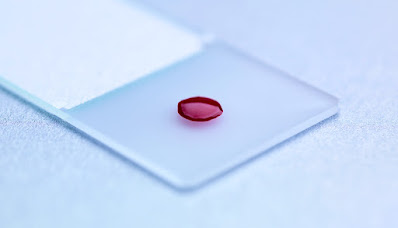CRISPR SUCCESSFULLY LOWERS CHOLESTEROL IN MICE
Biomedical designers have used a CRISPR/Cas9 hereditary design method to shut off a gene that controls cholesterol degrees in adult mice, prominent to decreased blood cholesterol degrees and gene suppression enduring for 6 months after a solitary therapy.
This notes the very first time scientists have delivered CRISPR/Cas9 repressors for targeted restorative gene silencing in adult pet models. The study shows up in Nature Interactions.
cara bertaruh judi slot online yang benar
The CRISPR/Cas9 system is based upon an antiviral defense reaction in germs where the Cas9 enzyme acknowledges the viral DNA sequences of previous infections and reduces up getting into DNA throughout re-infection. Scientists have crafted the CRISPR/Cas9 system to not just locate and cut specific sequences of DNA, but to also transform on or off the expression of targeted genetics without production long-term changes to the DNA coding series.
While this CRISPR/Cas9 repressor method has become a durable device for disrupting gene policy in cell society models, it had not yet been adjusted for delivery to adult pets for applications such as gene treatment.
WHY THIS GENE?
In their most current study, Charles Gersbach, partner teacher of biomedical design at Fight it out College, and participants of his lab developed a method to efficiently package and deliver the CRISPR/Cas9 repressor system to mice. They evaluated their delivery system by silencing Pcsk9, a gene that controls cholesterol degrees. While several medications have been developed to treat high cholesterol and heart disease by obstructing the task of Pcsk9, this new approach would certainly prevent Pcsk9 from being made.
"We formerly used these same kinds of devices to transform genetics on and off in cultured cells, and we wanted to see if we could also deliver them to pet models with a method that's appropriate for gene treatment," Gersbach says. "We wanted to change the genetics in a manner in which would certainly have a restorative result, and Pcsk9 is a useful proof-of-concept provided its role controling cholesterol degrees, which in transform affect health and wellness problems such as cardiovascular disease."
THE ‘DEAD' ENZYME
To test the targeted Pcsk9 repressor in an adult pet, the group opted to use adeno-associated viral (AAV) vectors—small infections that have been crafted to target a variety of cells enters human gene treatment medical tests.
Because of the vector's small freight limit, the group could not use the common Cas9 enzyme from Streptococcus pyogenes. Rather, they opted to use a smaller sized Cas9 from Staphylococcus aureus. They also deactivated the DNA-cutting function of Cas9, producing a "dead" variation of the enzyme, dCas9, that binds to but doesn't cut the targeted DNA series.
The dCas9 can be combined with a KRAB healthy protein that silences gene expression, producing a CRISPR/Cas9 repressor that obstructs transcription, decreases chromatin ease of access, and silences gene expression without changing the hidden DNA series. Using an adenovirus vector to deliver CRISPR/Cas9-based repressors to the computer mouse liver, the scientists decreased Pcsk9 and cholesterol degrees in treated mice.



